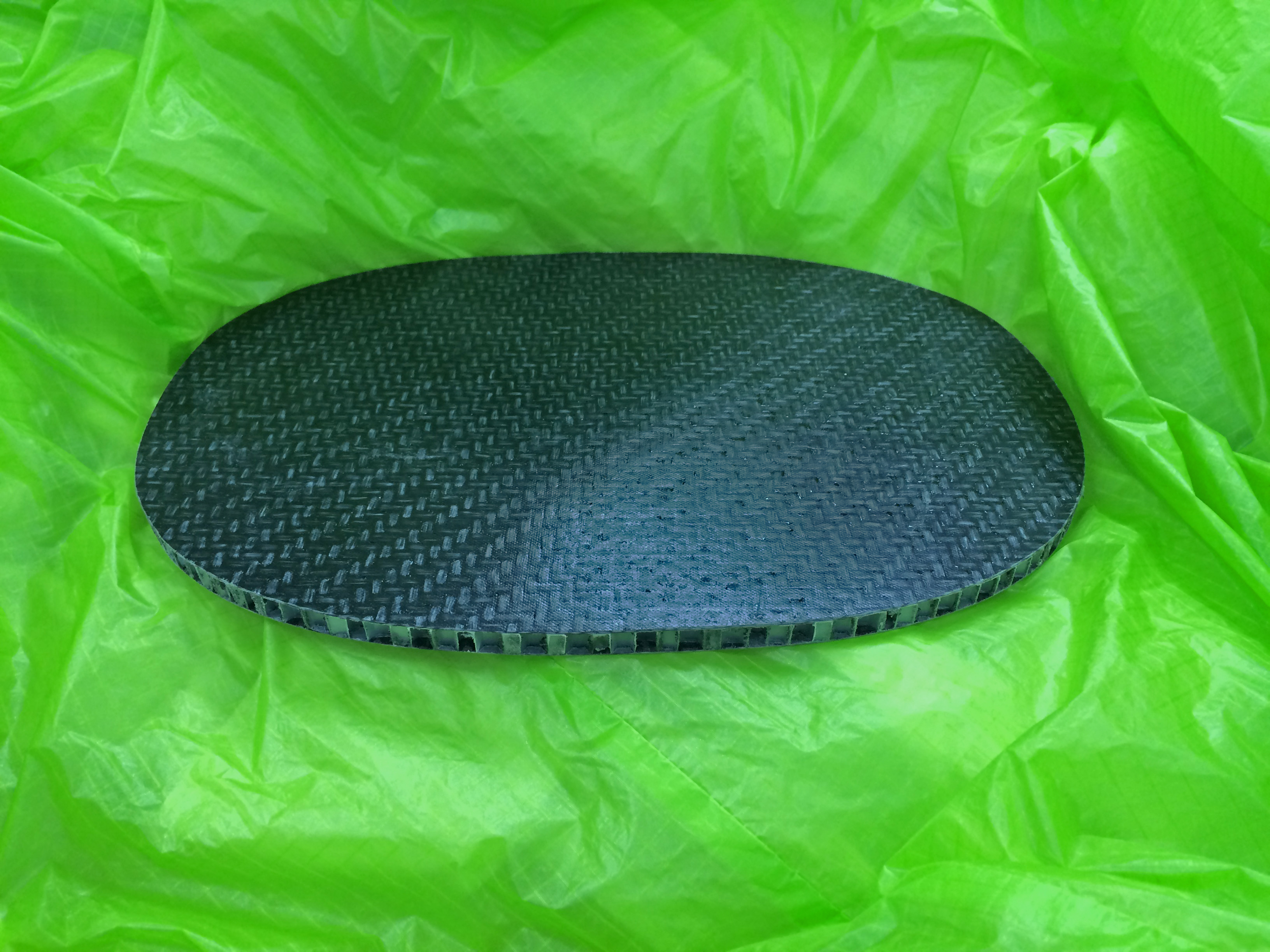
Lanxess’s Tepex dynalite material is being used to make a paraglider harness.
The continuous fiber-reinforced and polypropylene-based composite forms the RANGE X-ALPS paraglider reclining harness manufactured by skywalk GmbH & Co. KG and has been used during a competition challenging athletes to cross the Alps by paraglider and on foot
The harness’s footboard is made of a sandwich composite just 1 cm thick, comprising thin Tepex facings measuring 0.5 mm and a polypropylene honeycomb core from EconCore N.V.
To control a paraglider, the pilot must shift his body weight, while maintaining muscle tension. This is achieved by pushing the feet against the harness’s footboard. In extreme situations, such as sudden turning maneuvers when approaching a steep rock face, very high forces are applied to the footboard, comparable to fully depressing the brake pedal in a car to avoid an accident.
‘The footboard can easily withstand these loads,’ claims Harri Dittmar, an applications engineer for Tepex. ‘The flexural rigidity and flexural strength of such sandwich structures can be higher than that of sheet steel or aluminum depending on the thickness of the facings and the honeycomb core – but they have a much lower weight per unit area.’
The sheets are also 20% lighter than earlier versions made from a carbon fiber-reinforced epoxy resin. The harness therefore weighs just slightly more than one kilogram. The new component also costs 25% less than the epoxy system.

Other applications
According to Lanxess, there may be other applications for sandwich composites of this kind in lightweight automotive construction, particularly in larger parts requiring rigidity, such as trunk floors, fuel tank covers, range extender housings, structural battery housings and seat components. ‘The composites could serve as an alternative to glass fiber mats or polyurethane spray foams for manufacturing trunk floors in passenger vehicles,’ susggested Martin Klocke, manager for lightweight construction business development at the Lanxess High Performance Materials business unit. Fuel tank covers, which form part of the trunk space, are another conceivable application and could be significantly lighter than their counterparts made of sheet steel or aluminum. Functions such as slots, guides or mounts can be integrally molded in the covers in a single processing step.
EconCore N.V. developed a fully automated production system called ThermHex to manufacture thehoneycomb sandwich panels with Tepex composite skins. ‘Thanks to this technology, we can produce these ultra-strong sandwich structures cost-efficiently and in high, reproducible quality,’ said Tomasz Czarnecki, technology manager of the company.
This story is reprinted from material from Lanxess, with editorial changes made by Materials Today. The views expressed in this article do not necessarily represent those of Elsevier.






